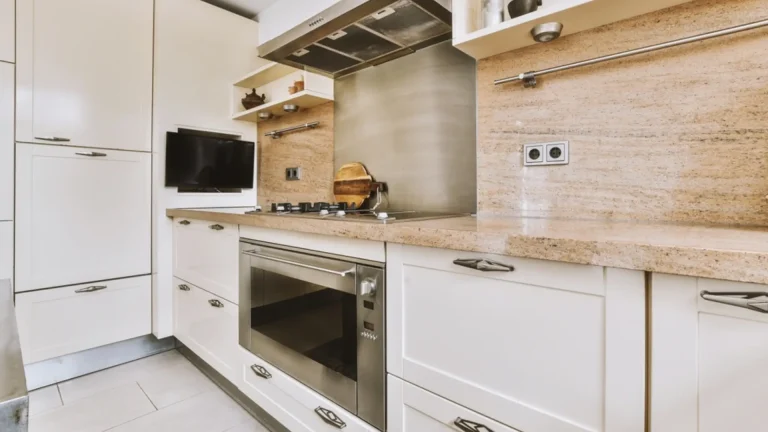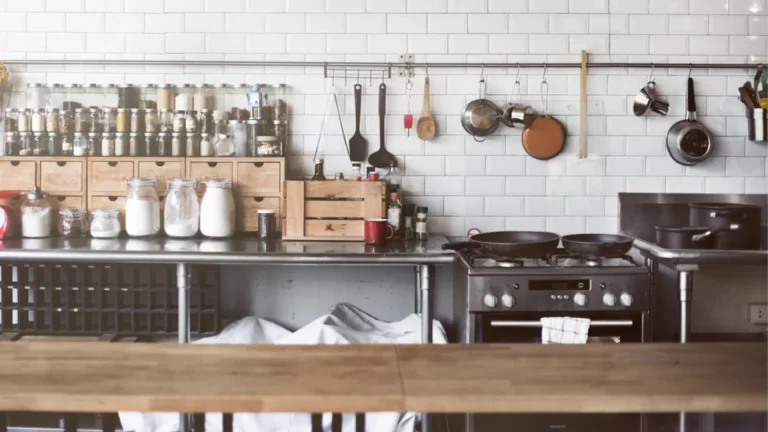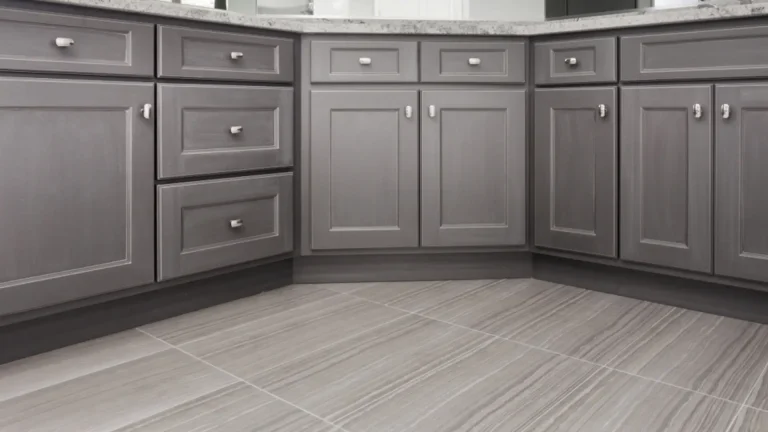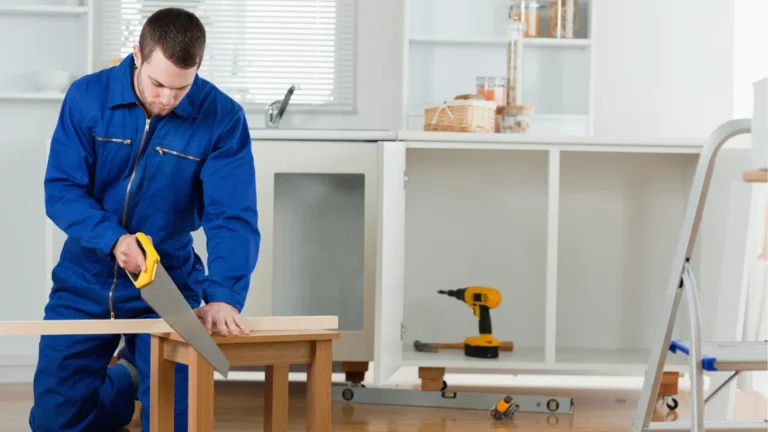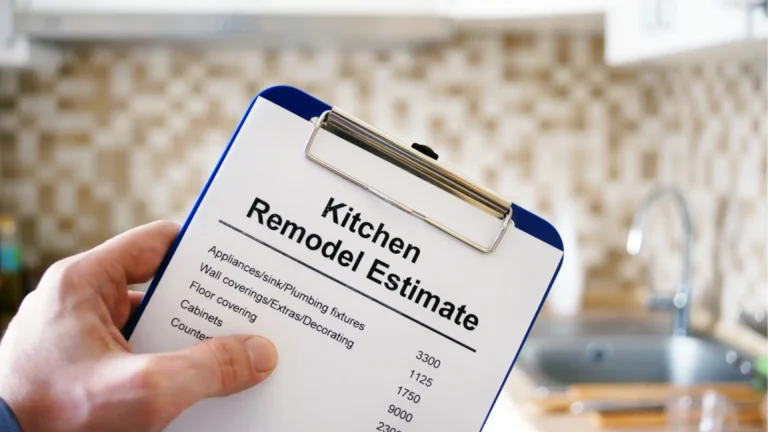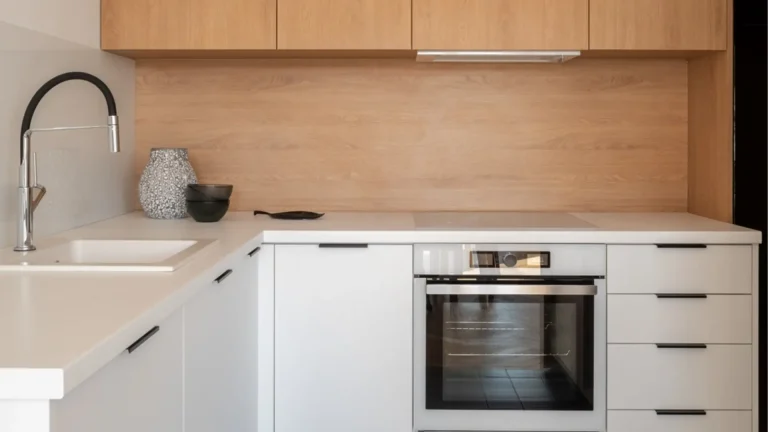Can You Replace Cabinets and Keep Countertops?
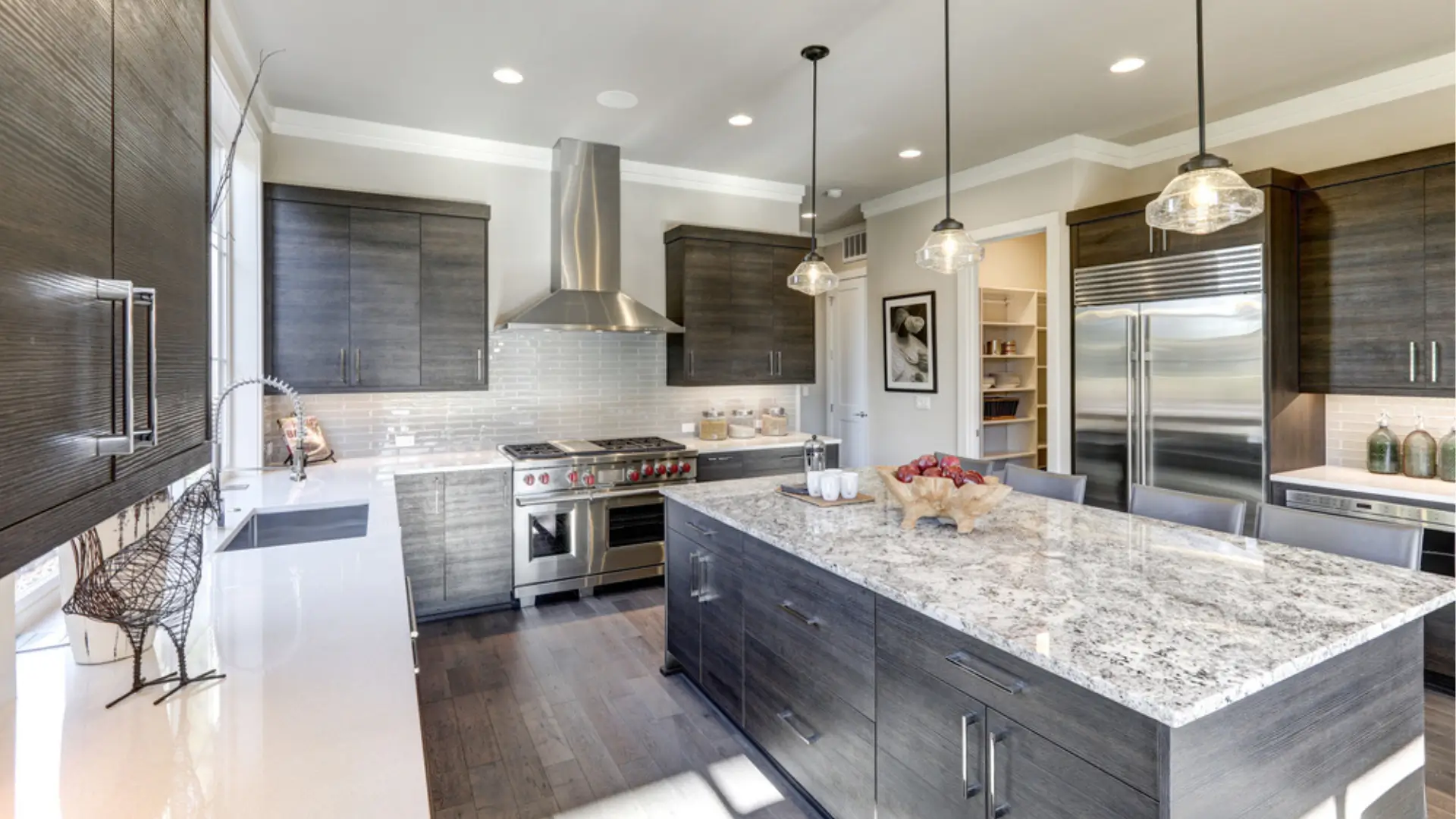
When embarking on a kitchen renovation, homeowners often ponder whether it’s feasible to replace cabinets while keeping the existing countertops intact. The question of “can you replace cabinets and keep countertops?” is a common one, stemming from the desire to update the kitchen’s look without the expense and hassle of replacing everything. The answer is a resounding yes, but it requires careful planning and execution to ensure that the countertops are preserved undamaged during the process.
Replacing kitchen cabinets without replacing countertops is not only possible but also increasingly popular among homeowners looking to refresh their kitchen’s aesthetics or functionality. This approach allows for a significant transformation with a fraction of the disruption and cost associated with a full kitchen overhaul. The key lies in meticulous measurement, selection, and installation techniques that protect the integrity of the existing countertops.
Can You Replace Kitchen Cabinets Without Replacing Countertops?
Indeed, you can replace kitchen cabinets without replacing countertops. This method is particularly appealing when the countertops are made of high-quality materials like granite, marble, or engineered stone, and are still in good condition. The challenge here is to carefully remove the old cabinets without disturbing the countertop, which often requires the expertise of skilled professionals who specialize in such precision work.
The process involves evaluating the existing cabinet and countertop configuration to ensure that the new cabinets match or complement the existing setup. It’s crucial to consider the weight of the countertops and the support they will require during and after the cabinet replacement process. With proper planning and execution, your kitchen can gain a fresh new look while preserving the cherished countertops that add value and style to your home.
How to Replace Cabinets Without Removing Countertops
Replacing cabinets without removing countertops involves several critical steps that ensure the countertops’ safety and integrity. Here, we outline the essential methods to achieve this goal:
Loosen Cabinet Installation Screws
The first step is to carefully loosen the screws that attach the cabinets to the walls and countertops. This step must be done with precision to avoid any sudden movements that could crack or damage the countertops. It often helps to use a manual screwdriver for better control.
Use Studs Appropriately
Ensuring that the new cabinets are securely attached to the wall studs is crucial for the stability of the entire setup. This step is particularly important when the countertops are heavy, requiring strong support from the cabinets below.
Install Your Dream Cabinets
With the old cabinets removed and the area prepped, you can proceed to install the new cabinets. This phase requires careful handling to slide the cabinets into place without exerting undue pressure on the countertops. Ensuring that the cabinets are level and firmly anchored is key to the success of this operation.
Can a Granite Countertop Be Removed and Reinstalled Without Damage?
Removing and reinstalling a granite countertop without damage is a delicate task that requires professional expertise. While granite is durable, it is also susceptible to cracks and chips if not handled correctly.
The feasibility of this operation depends on the countertop’s size, shape, and the adhesive used. Professionals use specialized tools and techniques to minimize the risk of damage, making it possible to reuse the countertop in the new kitchen design.
Cabinet Refacing: A Smart Renovation Choice
Cabinet refacing is an excellent alternative for homeowners looking to update their kitchen’s appearance without the extensive costs and effort involved in a full renovation. This process involves replacing the cabinet doors, drawer fronts, and hardware, while keeping the cabinet boxes intact.
It’s a smart choice when the existing cabinets are structurally sound but aesthetically outdated. Refacing offers a fresh look at a fraction of the cost and time required for full cabinet replacement.
Benefits of Refacing Without Removing Countertops
Refacing your cabinets without removing the countertops offers several advantages:
Factors To Consider Before Refacing Your Cabinets
When considering refacing your kitchen cabinets, it’s crucial to take into account several key factors to ensure the success and longevity of your renovation. Not only should you evaluate the cosmetic aspects of your update, but also the underlying structural and compatibility issues that could affect the outcome. Here are the vital considerations:
Structural Integrity
The foundation of any cabinet refacing project lies in the condition of the cabinet boxes themselves. Before proceeding with refacing, inspect your cabinets for signs of wear and tear, water damage, or structural weakness.
The cabinets must be sturdy and in good repair to support new doors, drawers, and hardware. If the cabinet boxes are compromised, refacing might not be a viable option, and a full replacement could be necessary to ensure the longevity and safety of your kitchen fixtures.
Countertop Compatibility
If you’re planning to keep your existing countertops, it’s essential to ensure that the new cabinet doors and drawer fronts will complement and fit seamlessly with them. This includes considering the color, style, and material of your countertops to ensure that the refaced cabinets will not clash or detract from the overall aesthetic of your kitchen.
Moreover, the physical fit is crucial; the new cabinet facings must not interfere with the countertop’s placement or stability. It’s advisable to consult with a professional designer or contractor who can help assess compatibility and offer solutions that blend your cabinets and countertops harmoniously.
These factors are critical to the planning process and can significantly impact the project’s overall success and satisfaction with the finished kitchen. By carefully evaluating the structural integrity of your existing cabinets and ensuring compatibility with your countertops, you can proceed with a refacing project that refreshes your kitchen’s look while maintaining its functionality and durability.
FAQs
Conclusion
The possibility of replacing cabinets while keeping the existing countertops offers a flexible approach to kitchen renovations, balancing cost, convenience, and customization. Whether opting for careful replacement or choosing to reface, homeowners can significantly enhance their kitchen’s appeal without the need for a complete overhaul.
By considering the factors outlined above and seeking professional advice when necessary, you can make informed decisions that bring your dream kitchen to life, proving that “can you replace cabinets and keep countertops?” is not only possible but also practical and desirable.

